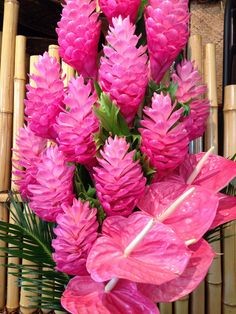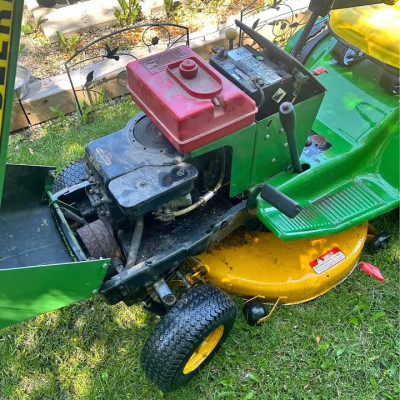The Hawaiian Pink Ginger Plant Root: A Tropical Treasure
Hawaiian Pink Ginger (Alpinia purpurata), also known as Red Ginger, is a stunning tropical plant that thrives in Hawaii's lush, humid environment. Its vibrant pink flower bracts and lush green foliage make it a favorite among gardeners and landscapers. But beneath its striking appearance lies an equally fascinating and valuable part: the root. Here, we explore the significance, uses, and care of the Hawaiian Pink Ginger plant root.
The Significance of the Root
The root of the Hawaiian Pink Ginger plant, like that of many other ginger species, plays a crucial role in the plant's overall health and reproduction. It serves as the anchor, providing stability and absorbing water and essential nutrients from the soil. The root system also acts as a storage organ, retaining nutrients and water during adverse conditions, ensuring the plant’s survival.
Cultivating the Hawaiian Pink Ginger Plant
Growing Hawaiian Pink Ginger is a rewarding endeavor, especially when you understand the importance of its root system. Here’s how to cultivate this beautiful plant effectively:
Climate and Soil Requirements:
Climate: Hawaiian Pink Ginger thrives in warm, humid climates. It is best suited for USDA zones 9-11.
Soil: Well-draining, rich, and slightly acidic soil is ideal. Adding organic matter can enhance soil quality and support healthy root development.
Planting:
Propagation: The plant can be propagated from rhizomes (underground stems). Choose healthy rhizomes with visible "eyes" or buds.
Planting Depth: Plant the rhizomes about 2-4 inches deep, with the buds facing upward.
Watering and Fertilizing:
Watering: Keep the soil consistently moist but not waterlogged. Overwatering can lead to root rot.
Fertilizing: Use a balanced, slow-release fertilizer during the growing season to promote strong root and shoot growth.
Uses of the Hawaiian Pink Ginger Root
While the Hawaiian Pink Ginger root is not as widely used in culinary applications as its relative, the common ginger (Zingiber officinale), it has several noteworthy uses:
Medicinal Uses:
Traditional Medicine: In some cultures, the rhizome is used in traditional medicine for its anti-inflammatory and analgesic properties. It is believed to help alleviate symptoms of arthritis, muscle pain, and digestive issues.
Ornamental Value:
Landscape Design: The plant’s root system allows it to thrive in a variety of garden settings, from pots to tropical landscapes. Its vibrant flowers and lush foliage make it a popular choice for adding a tropical flair.
Cultural Significance:
Hawaiian Culture: In Hawaii, the plant is often used in traditional ceremonies and leis. Its roots and flowers hold cultural significance, symbolizing beauty and grace.
Caring for the Hawaiian Pink Ginger Root
Proper care of the root system is essential for maintaining a healthy and thriving Hawaiian Pink Ginger plant. Here are some tips to ensure its vitality:
Pest and Disease Control:
Monitor for pests such as aphids and spider mites, which can damage the roots and overall plant health.
Prevent fungal infections by ensuring good air circulation and avoiding waterlogged soil.
Pruning and Maintenance:
Remove dead or yellowing leaves to prevent disease spread and promote new growth.
Divide the rhizomes every few years to prevent overcrowding and encourage vigorous growth.
Winter Care:
In colder climates, the plant should be brought indoors or covered to protect it from frost. Mulching can also help insulate the roots during cooler months.
Conclusion
The Hawaiian Pink Ginger plant root is more than just an anchor for a beautiful flower; it is a vital component that supports the plant's growth, health, and reproduction. By understanding and caring for this essential part of the plant, gardeners can enjoy the lush foliage and vibrant blooms of the Hawaiian Pink Ginger for years to come. Whether you are drawn to its ornamental beauty or intrigued by its medicinal properties, the Hawaiian Pink Ginger plant root is truly a tropical treasure worth exploring






